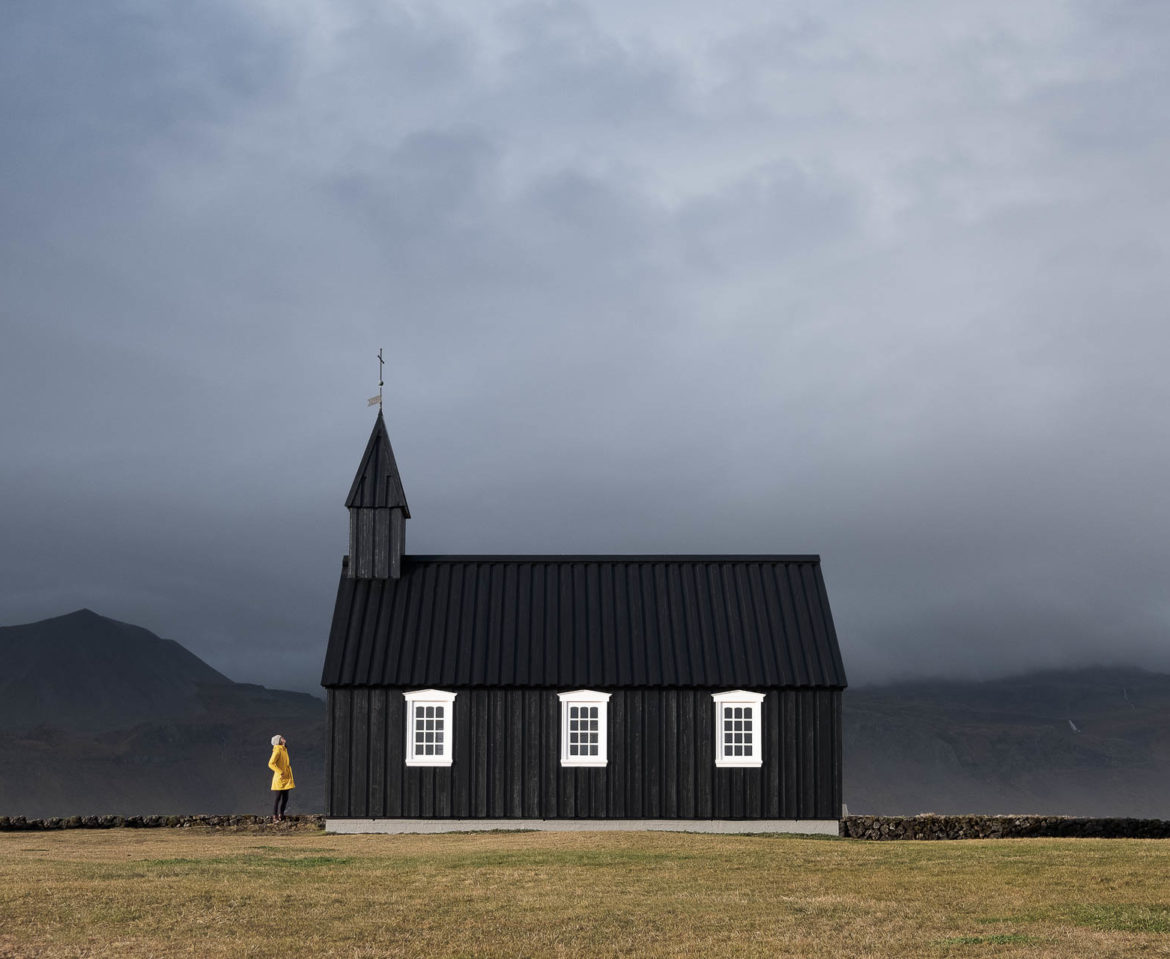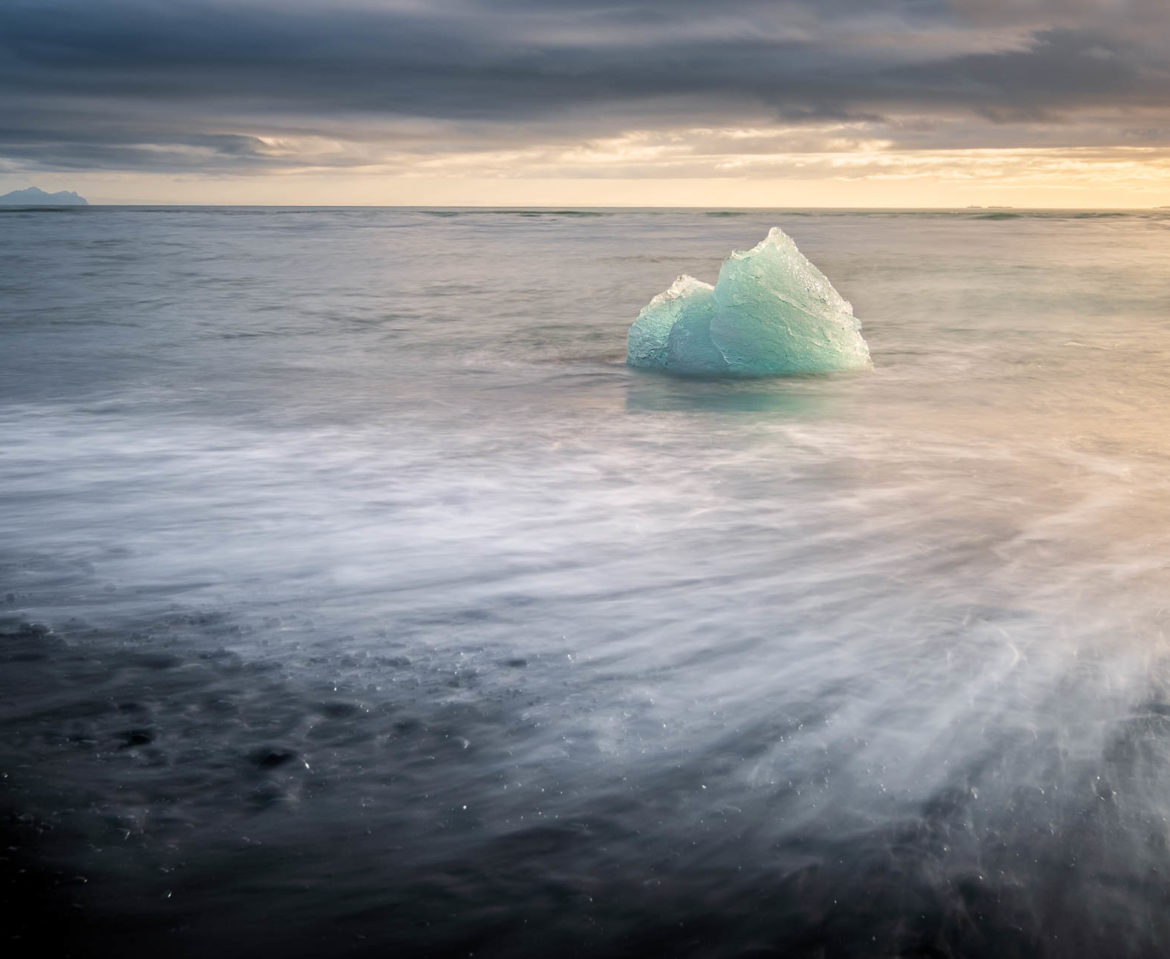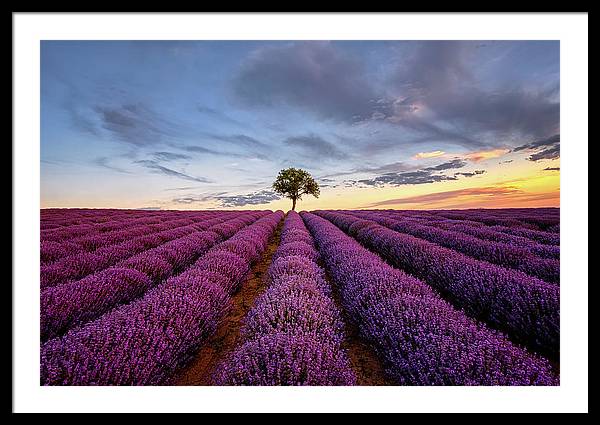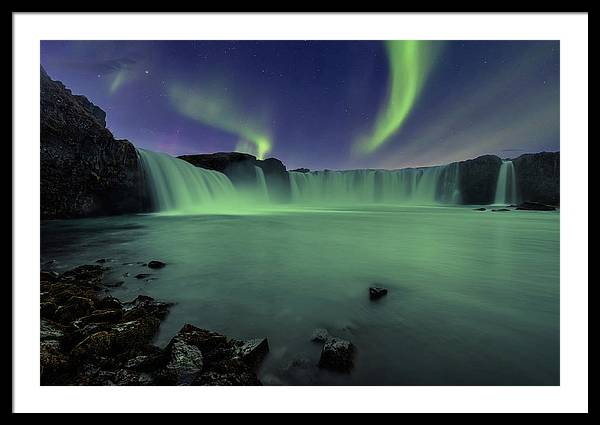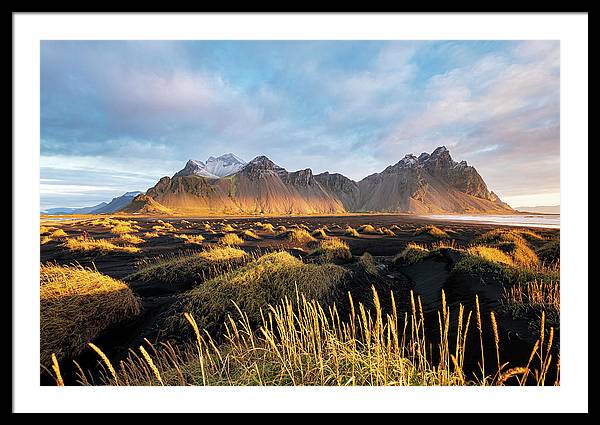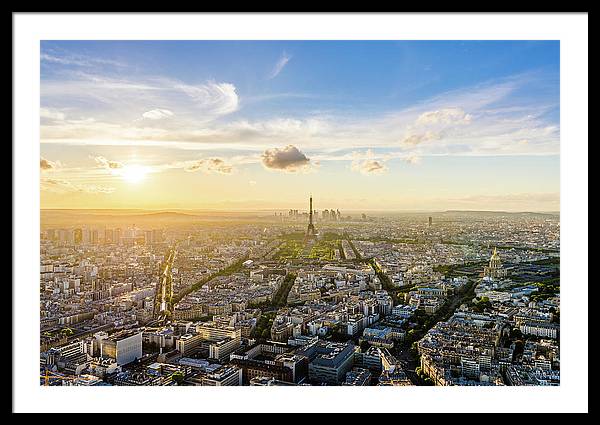Macro Photography with the Fujifilm XF 70-300mm Lens
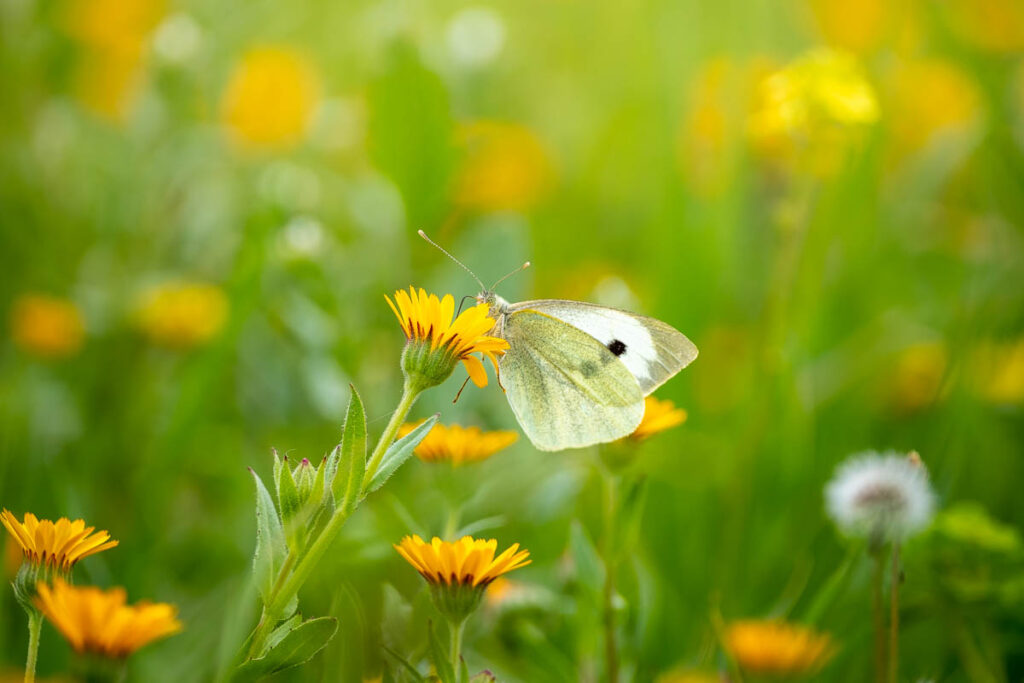
Macro photography allows us to delve into the mesmerizing world of small subjects, revealing intricate details that often go unnoticed. In this blog post, we will explore the capabilities of the Fujifilm XF 70-300mm F4-5.6 R LM OIS WR lens in macro photography.
The Fujifilm XF 70-300mm lens is a powerful telephoto zoom lens that offers excellent versatility and image quality. While primarily designed for telephoto shooting, it also provides an impressive macro capability. The lens offers a close focusing distance of approximately 83cm (at 300mm), allowing you to get up close to your subject and capture its fine details. At telephoto, it can provide a 35mm-equivalent 1:2 (0.5x) macro reproduction. The XF 70-300mm features built-in optical image stabilization, minimizing camera shake and ensuring sharp images, even when shooting handheld.
Photographing a White Butterfly on a Yellow Flower
One of the most captivating subjects for macro photography is a butterfly resting on a flower. This is a photo of a white butterfly resting on a yellow flower using the XF 70-300mm lens.

Setting the Scene
To create a visually striking image, consider the following elements:
Composition: Compose the shot to include both the butterfly and the flower, ensuring that the subject fills the frame while maintaining a pleasing balance.
Lighting: Seek soft, diffused lighting to enhance the delicate details of the butterfly and the flower. Early morning or late afternoon light often provides the best results.
Background: Choose a clean and uncluttered background to emphasize the main subject. A shallow depth of field can help blur distractions and draw attention to the butterfly.
Lens Settings and Techniques
When photographing a butterfly, it’s essential to focus on its intricate patterns and textures. Here are some lens settings and techniques to consider:
Aperture: Select a wide aperture to create a shallow depth of field, isolating the butterfly from the background and creating a pleasing bokeh effect.
Focus: Use manual focus or autofocus with a single focus point to ensure sharpness on the butterfly’s eyes or the most prominent details.
Stabilization: If shooting handheld, activate the lens’s optical image stabilization to minimize camera shake and maximize image sharpness.
Patience: Be patient and observe the butterfly’s behavior. Anticipate its movements to capture the perfect moment when it spreads its wings or interacts with the flower.
Photographing Lush Green Moss
Lush green moss, with its tiny leaves and delicate textures, presents a captivating subject to explore using the Fujifilm XF 70-300mm lens. Walking in a forest I noticed the beautiful pattern of moss on the ground. Here is the photo I captured.
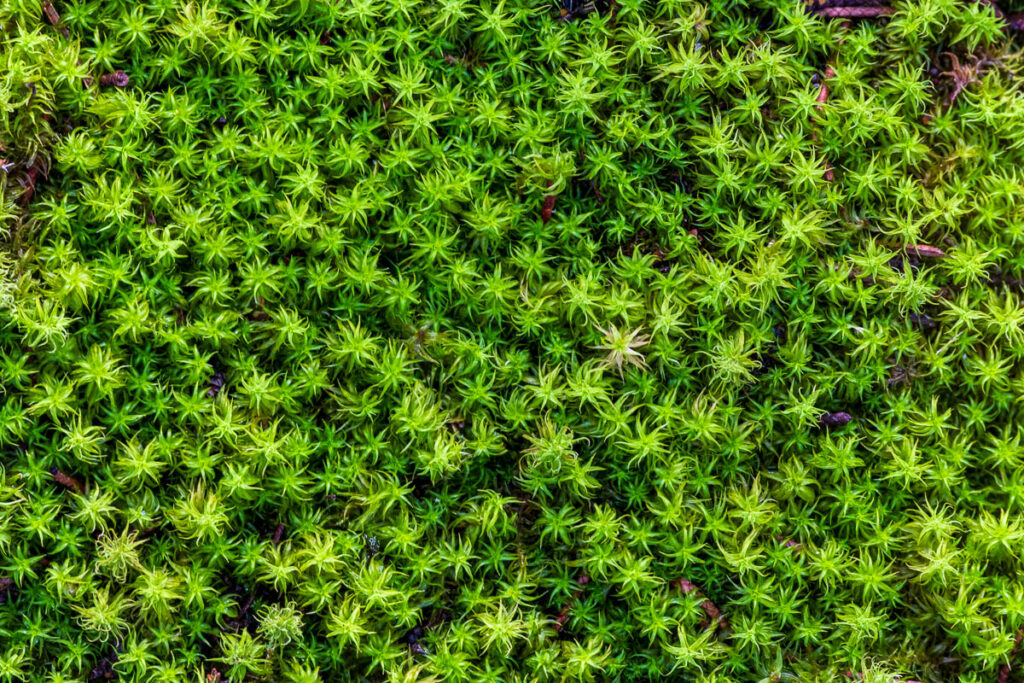
Setting the Scene
Composition: I used a tripod for this photo with my camera looking down.
Textured Surfaces: These surfaces provide additional texture and depth to the image.
Angles and Perspectives: Experiment with different angles and perspectives to highlight the intricate patterns and textures of the moss.
Lens Settings and Techniques
Aperture: Choose a smaller aperture (e.g., f/8 to f/16) to maximize the depth of field and ensure sharpness throughout the moss.
Tripod: Consider using a tripod to stabilize the camera and ensure sharp images, especially when using smaller apertures that require longer exposure times.
Focus stack: Take multiple photos, focusing on different parts of the frame and stack them in post to achieve focus throughout the frame.
Conclusion
So, you might ask. Is the Fujifilm XF 70-300mm lens good for macro? I was quite pleased with the result and detail I got by using this lens for macro photography! I was able to capture the intricate details of small subjects with exceptional image quality. Here are a few more macro photos I captured using my Fujifilm XT-20 and XF 70-300mm if you want to have a look!
